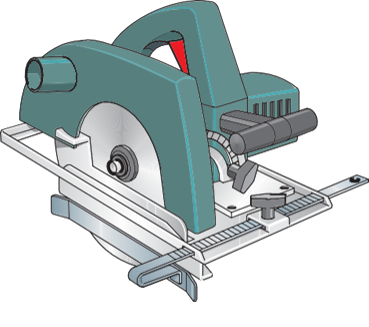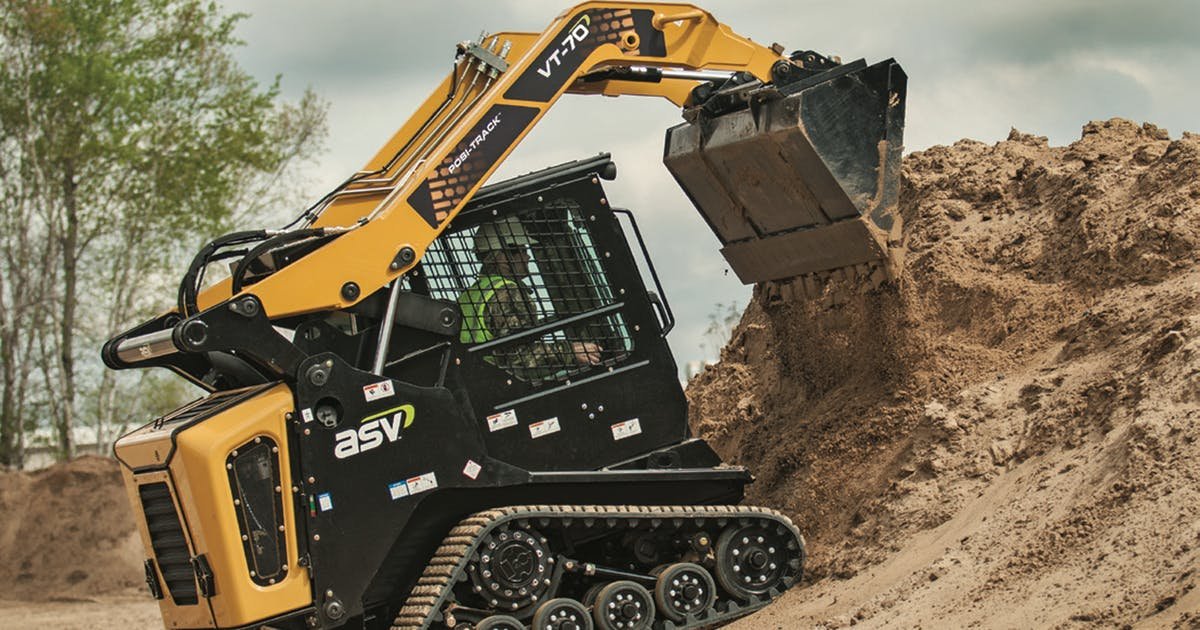Woodworking machines with their moving parts and sharp blades can be extremely dangerous if not used correctly. Amputations, blindness, and lacerations are common injuries related to working with these machines.
Woodworking tools can be dangerous if not used properly.
- Only use woodworking machines that you have been trained to use properly and safely.
- Read the owner’s manual carefully.
- Make sure you understand instructions before attempting to use any tool or machine. Ask questions if you have any doubts about doing the work safely.
To help employees avoid injuries when woodworking, you will learn in this article :
- What should you do before using woodworking machines?
- What safety procedures should you follow when using woodworking machines?
- What should you avoid when working with woodworking machines?
Also, Read. Templates: Machine Safeguarding Program

What should you do before using woodworking machines?
- Only use woodworking machines that you have been trained to use properly and safely.
- Read the owner’s manual carefully.
- Make sure you understand instructions before attempting to use any tool or machine. Ask questions if you have any doubts about doing the work safely.
What safety procedures should you follow when using woodworking machines?
- Always wear safety glasses or goggles
- Wear a dust mask.
- Wear hearing protection that is suitable for the level and frequency of the noise you are exposed to in the woodworking area. If you have trouble hearing someone speak from three feet away, the noise level
from the machine is too high. Damage to the hearing may occur.

- Use gloves to protect hands from splinters when handling wood but do not wear them near rotating blades and other machinery parts where the gloves can catch.
- Make sure all guards are in position, are in good working condition, and guard the machine adequately before operating any equipment or machine. Check and adjust all other safety devices.
- Make sure the equipment is properly grounded before use.
- Check that keys and adjusting wrenches are removed from the machine before turning on the power.
Also Read: Photo of the day: Hand Safety Facts

- Inspect stock for nails or other materials before cutting, planning, routing, or carrying out similar activities.
- Make sure that all machines have start and stop buttons within the easy and convenient reach of an operator. Start buttons should be protected so that accidental contact will not start the machine. A collar around the button ⅛ to ¼ inch (3 to 6 mm) above the button is recommended.
- Ensure that all cutting tools and blades are clean, sharp, and in good working order so that they will cut freely, and do not have to be forced.
- Turn the power off and unplug the power cord (or lock out the power source) before inspecting, changing, cleaning, adjusting, or repairing a blade or a machine. Also, turn the power off when discussing the work.
- Use a “push stick” to push the material into the cutting area. Jigs are also useful in keeping hands safe during cutting procedures. Keep hands out of the line of the cutting blade.
- Clamp down and secure all work pieces when drilling or milling.
- Use good lighting so that the workpiece, cutting blades, and machine controls can be seen clearly. Position or shade lighting sources so they do not shine in the operator’s eyes or cause any glare and reflections.
- Ensure that the floor space around the equipment is sufficient to enable you to machine the size of the workpiece being processed safely without bumping into other workers or equipment.
- Woodworking machines should be fitted with efficient and well-maintained local exhaust ventilation systems to remove sawdust or chips that are produced.
- Electric power cords should be above head level or on the floor in such a way that they are not tripping hazards.

- Keep work area free of clutter, clean, well swept, and well lit. Spills should be cleaned up immediately. Floor areas should be level and non-slip. Good housekeeping practices and workplace design will reduce the number of injuries and accidents from slips, trips, and falls.

What should you avoid when working with woodworking machines?

- Do not wear loose clothing, work gloves, neckties, rings, bracelets, or other jewelry that can become entangled with moving parts.
- Avoid awkward operations and hand positions where a sudden slip could cause your hand to move into the cutting tool or blade.
- Do not remove sawdust or cuttings from the cutting head while a machine is running. Use a stick or brush when the machine has stopped moving to remove the sawdust or cuttings.
- Do not use compressed air to remove sawdust, turnings, etc. from machines or clothing.
- Do not leave machines running unattended (unless they are designed and intended to be operated while unattended). Do not leave a machine until the power switch is turned off and the machine comes to a complete stop.
- Do not try to free a stalled blade before turning the power off.
- Do not distract or startle an operator while he or she is using woodworking equipment.
- Horseplay must be prohibited. It can lead to injuries. Always practice safety. Don’t learn it by accident.
Also, Read:E-Books: Safety With Machinery
Please visit our Safety Resources SAFETY BAG to have many Safety Resources





